This content is restricted to subscribers
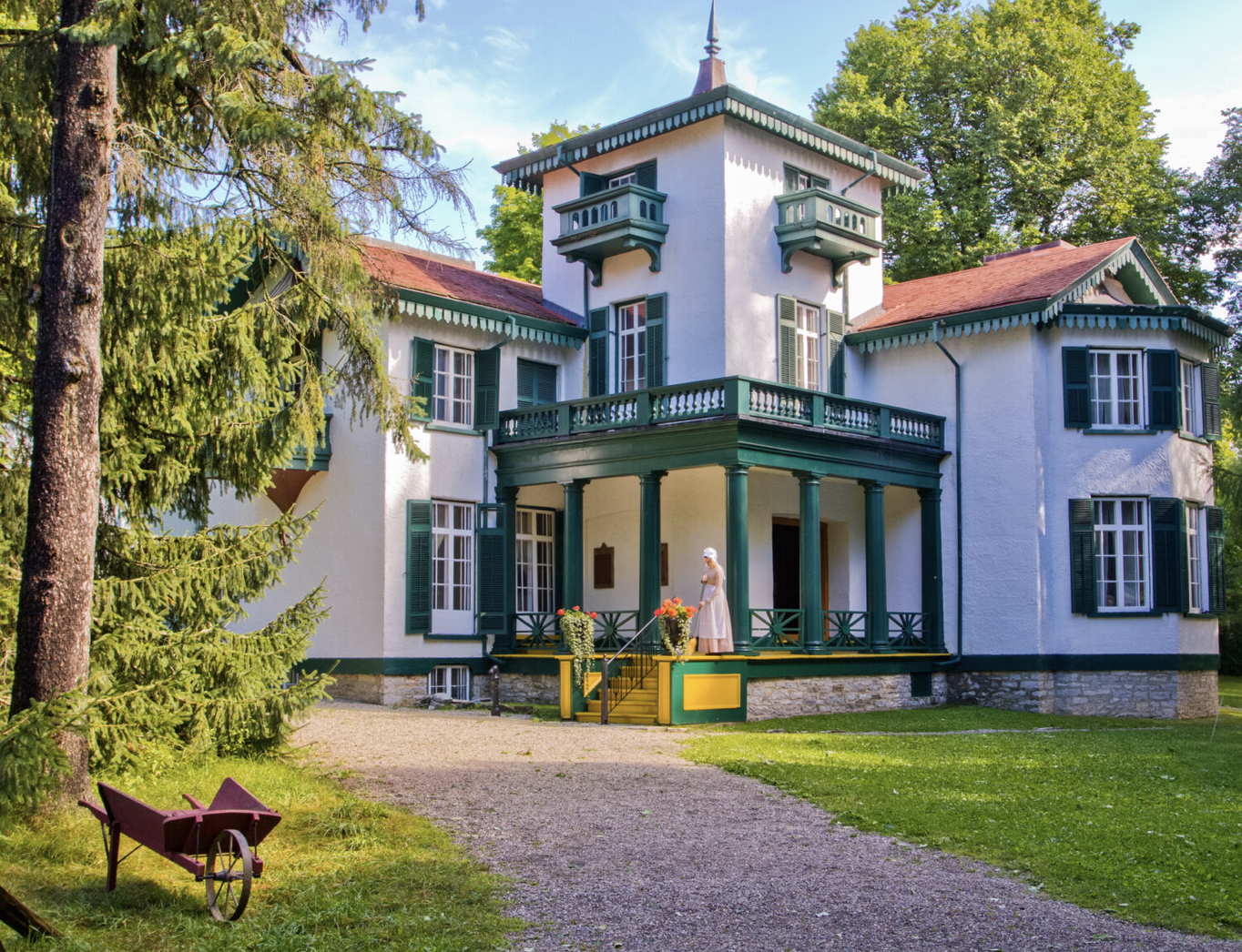
The views, opinions and positions expressed by columnists and contributors are the author’s alone. They do not inherently or expressly reflect the views, opinions and/or positions of our publication.

This content is restricted to subscribers
The views, opinions and positions expressed by columnists and contributors are the author’s alone. They do not inherently or expressly reflect the views, opinions and/or positions of our publication.

The federal government announced late last year it would spend $40 billion to reform the child welfare system on First Nations reserves and compensate children and families for harm they suffered from the system. The money would settle court cases and Canadian Human Rights Tribunal decisions.
The Crown-Indigenous Relations minister, Marc Miller, called it “the largest settlement in Canadian history.” A First Nations advocate interviewed on CBC News Network called it “not enough.”
Characterizing $40 billion as not enough underlines how complicated it will be to accomplish reconciliation between Indigenous peoples and Canada.
The Truth and Reconciliation Commission — established in 2008 to expose the impacts of residential schools on Indigenous peoples — defined reconciliation as a process of “establishing and maintaining a mutually respectful relationship between Aboriginal and non-Aboriginal peoples.” Its final report lists 94 “calls to action” and implies if they’re all completed reconciliation will occur. CBC News launched a website, Beyond 94, to track progress on the calls to action. In September it listed 13 as “complete,” 62 “in progress” and 19 not started.
Some calls to action are ambiguous. It’s inevitable there will be disagreements about whether they have been accomplished.
One calls on the federal government to “provide sufficient funds for Aboriginal language revitalization and preservation.” Another asks for “progress on closing the gaps between Aboriginal and non-Aboriginal communities in a number of health indicators….” Nebulous words such as “sufficient” and “progress” are invitations to disagree.
It takes two requirements to know whether a goal is reached: a benchmark and a milestone.
Benchmarks and milestones promote consensus. Either the company sold a million widgets by the end of 2024, or it didn’t.
When the Indigenous and the non-Indigenous publics agree it’s been achieved, then reconciliation will have happened. Polls, however, show reconciliation is a long way off.
In a 2021 national poll by the Environics Institute….
In a Nanos Research poll in May this year….
Importantly, Environics found indigenous peoples (60%) “are much more likely than non-
Indigenous people to say that governments have not gone far enough to advance reconciliation.”
Canadians support reconciliation efforts, but reconciliation remains a low priority.
In a pre-federal election poll in 2019, Abacus Data asked Canadians to select three issues (among 17) that would be “most important impacting your vote.”
Leger asked Canadians in June this year, “What is the number one issue facing Canada today?” Just 1% named “indigenous reconciliation” while 51% said inflation.
There is more support for specific parts of reconciliation than for the general concept. A Research Company poll in 2021 asked, “Thinking about reconciliation, how important are each of the following ideas and goals to you?”
Another reason reconciliation will be a long journey is that Canadians have grown steadily more complacent about the problems of Indigenous people. In 1968 in a Gallup poll, 27% said the government treats Indigenous people well. The share saying treated well rose to 32% in 1989 (Gallup), 39% in 1991 (Gallup), 62% in 2013 (an Ipsos poll), and 55% in 2020 (Ipsos).
In August this year the Angus Reid Institute asked, “What best describes the relationship between Canada and Indigenous people?”
Canadians also are equivocal about investigating the residential schools. In an Angus Reid Institute poll in August, 58% agreed “the harm from residential schools continues, and further investigations are needed.” But 42% thought “enough attention has been paid to residential schools — it’s time to focus on the future.”
Campaigns and protests can succeed without milestones but not without benchmarks. Consider the difference between Mahatma Gandhi and the 2011 Occupy Wall Street protests.
In 1930 Gandhi led India’s momentous salt march. His followers protested the British Empire’s controls on salt, a vital part of Indians’ diet that Britain taxed heavily and banned Indians from making. Gandhi also called for independence from the British Empire. After a year of Gandhi-led marching, the British relented on salt. But India didn’t gain independence till 1947.
The American journalist Joe Nocera recalls that the Occupy Wall Street protestors “had plenty of grievances, aimed mainly at the ‘oppressive’ power of corporations but never got beyond their own slogans.” It’s not enough to point out what you don’t like, he said. “You need a clear idea of what you want instead.”
Marc Zwelling is the founder of The Vector Poll™ (www.vectorresearch.com) and author of Public Opinion and Polling For Dummies (Wiley, 2012) and Ideas and Innovation For Dummies (Wiley, 2021).
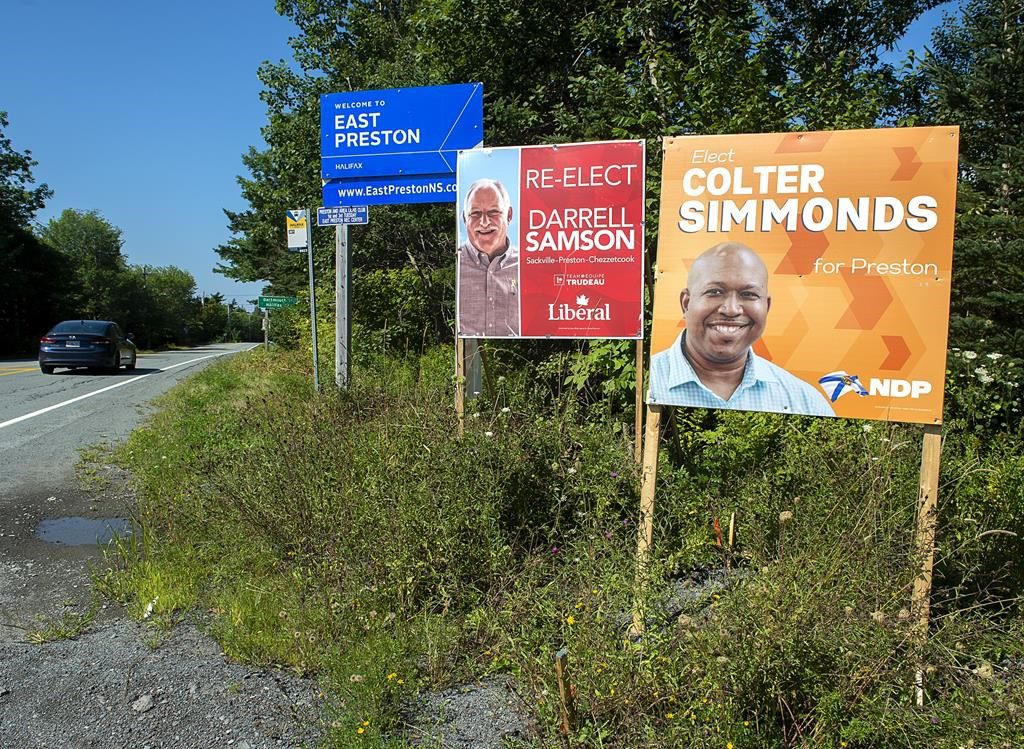
For an election that is supposed to be about the future of post-pandemic Canada, and at a time when we are having a national reckoning about the thousands of deaths that took place within residential schools as the unmarked graves at those sites are coming to light, there has been a strange lack of a conversation on Indigenous issues. One would think that given the current circumstances and the public mourning for what is essentially the death of innocence in this country as we come to grips with our genocidal past (and some say present), that this might merit some kind of attention in the campaign. Thus far, it’s been vanishingly little.
The most discussion we’ve had over these issues has been in trying to wedge partisan games into what should be serious topics of discussion. As the Assembly of First Nations was releasing their federal priorities that they want to see parties commit to in the election, the media’s focus was on Conservative leader Erin O’Toole’s statement that he wants to see flags on federal buildings return to full mast after they have been in a state of perpetual half-mast since the first discovery of the unmarked graves at the site of the former Kamloops Residential School. This was so much the preoccupation that when Power & Politics had the AFN’s National Chief on to talk about her priorities, host David Common focused almost entirely on O’Toole’s comments.
Likewise, when the Inuit Tapiriit Kanatami released their own list of priorities for the election, Common kept his focus on ITK president Natan Obed’s comments that voters should keep in mind what happened in 2006 with the Kelowna Accords during that election, trying to paint him into a corner to force him to say that he was endorsing the Liberals over the Conservatives, which Obed was trying not to do as he has to work with whoever wins the election. Let us also not forget the 24-hour news cycle of video of Jagmeet Singh being embarrassed as Manitoba chiefs declared that they were supporting Liberal candidate Shirley Robinson over NDP incumbent Niki Ashton while at an NDP event – again, the focus being on the public humiliation and endorsement over Indigenous issues. And then there was the TVA debate last week, where a whole four minutes were spent on First Nations issues, the bulk of which was spent by Bloc leader Yves-François Blanchet declaring that Quebec wasn’t racist.
There are some particular differences between the parties and how they have approached these issues, and how their platforms differ on them – difference we should be discussing. The Liberals, for example, have a record of advancing Indigenous issues and reconciliation more than any government in history, but it’s also been slow, and prone to gaffes and personality conflicts between some of its current and former ministers. Sometimes it’s slow for reasons beyond their control – they can’t break the laws of physics when it comes to how long it’s taking to repair or replace some of the water systems on some remote First Nations reserves because of the limitations of ice roads to deliver materials (which was hampered further by the pandemic this year). Some provinces have been slow to respond when it comes to the calls to action for the Missing and Murdered Indigenous Women and Girls national inquiry (and it was the provinces who refused to let the inquiry carry on longer – not the federal government). And sometimes, the path to achieving results is messy, such as with the court fight over compensation for children apprehended by the child welfare system (where the litigation is about the Canadian Human Rights Tribunal overstepping their statutory grounds, not the compensation itself).
These are some of the reasons why the former AFN National Chief, Perry Bellegarde, and the ITK’s Obed, have been putting an emphasis on the progress that has been made – and why there is more to do. Getting the Canadian framework to recognize the United Nations Declaration on the Rights of Indigenous Peoples took longer than it should have because Conservatives have been afraid that this would constitute a veto on future resource extraction projects (never mind that it’s their land and they have rights to it). The bills on Indigenous language protection and on creating the mechanisms to turn over child and family services to individual First Nations instead of the provinces were monumental and will have a massive impact going forward – but they are also things that will require more time, attention, and dollars going forward to ensure that they are able to succeed.
With this in mind, the Liberal platform is largely about continuing the path they’ve been on, moving ahead with the priority areas, supporting Indigenous-led initiatives – which has really been one of the things that this government has been relatively good at, which is letting these communities take the lead and giving them the resources to do it. The NDP platform, while full of photos of Jagmeet Singh meeting with Indigenous people, makes a lot of the same promises as the Liberal platform does but insists that they will get the job done faster, as though throwing money at the problems will make that happen. (If that were the case, those problems would be fixed by now). The Conservatives, by contrast, put a larger focus on regional economic development for Indigenous communities – largely by way of natural resource extraction. This being said, their platform also promises to pass a Critical Infrastructure Protection Act to make it illegal for Indigenous groups to protest by blockading railways as they did in early 2020.
While we can count it as progress that all of the major parties now have detailed chapters in their platforms dedicated to Indigenous issues, the fact that it has been virtually ignored on the campaign trail is disappointing to say the least. We’ll see if it gets any more than five minutes’ time in either of the upcoming leaders’ debates, but even there, these are issues that require some thought and nuance, and a pugilistic battle for the cameras won’t do it justice either. We need to have this conversation, and the parties need to make space for it to happen.
The views, opinions and positions expressed by columnists and contributors are the author’s alone. They do not inherently or expressly reflect the views, opinions and/or positions of our publication.
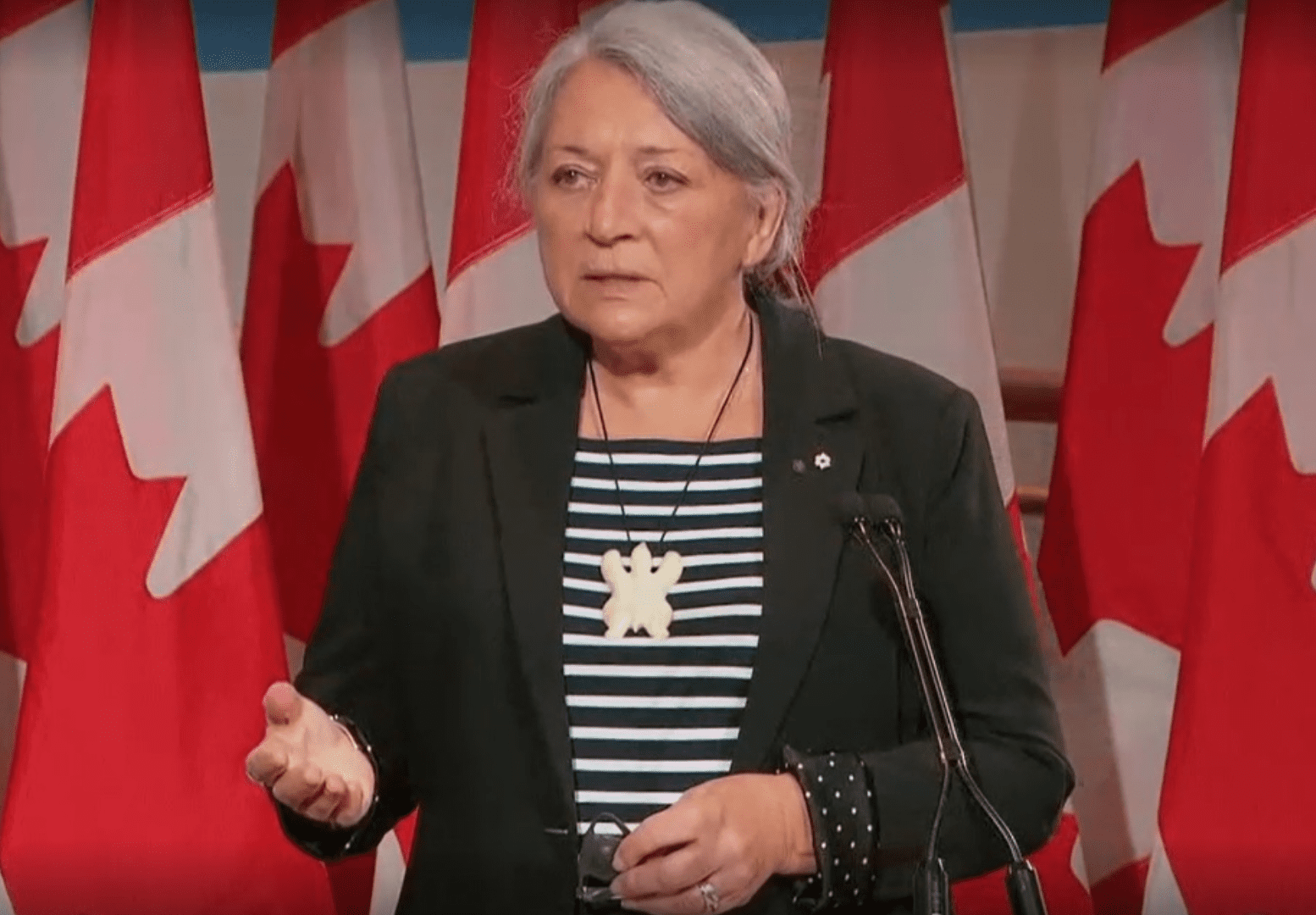
This content is restricted to subscribers
The views, opinions and positions expressed by columnists and contributors are the author’s alone. They do not inherently or expressly reflect the views, opinions and/or positions of our publication.

Welcome to the Summer of 2021, when politicians are doing what politicians like to do best: shifting blame.
With the bodies of Indigenous children now being found all over Western Canada, and with an unwanted and unneeded federal election in the offing, our political leaders can be observed energetically passing the buck. Trying to pin it the horror on someone else.
Justin Trudeau insists the Pope needs to come to Canada and apologize. Putting on his Serious Face, Trudeau says: “It is not just that [the Pope] makes an apology, but that he makes an apology to Indigenous Canadians on Canadian soil.”
Gotcha. But the Prime Minister hasn’t travelled to Kamloops – or Cranbrook, or Marieval, or Brandon – to do likewise, has he?
No, he hasn’t.
Back in December, Erin O’Toole told some young Conservatives that the inaptly-named residential schools actually provided schooling. And that the issue provide a handy way to “silence Liberals” politically.
When caught out, O’Toole had to apologize.
NDP leader Jagmeet Singh, meanwhile, doesn’t think Trudeau is solely to blame for inaction on Indigenous issues. He blames O’Toole, too. It’s all the fault of “the inaction of Conservative and Liberal governments,” Singh has said.
Predictably, some partisans have gotten in on the act, and reached for the history books to find scapegoat. Some, to this writer’s astonishment, have started pointing fingers in the direction of Jean Chrétien.
So, a senior advisor to former Conservative leader Andrew Scheer took a swipe at Chretien on Twitter, calling the respected Liberal leader’s policies “racist,” quote unquote.
Chretien being the father of an Indigenous boy, and the highest-regarded ministers of Indian Affairs ever, this seemed particularly unhinged. The slender basis for the anti-Chretien drive-by smear, it seems, was the 1969 “white paper” that was written by Chretien’s bureaucrats.
Chretien met with dozens of Indigenous leaders from across Canada in Ottawa in May 1969. A couple months later, the white paper was published, but not passed into law.
Here are the main things the white paper advocated:
a) it called for Indigenous people to be finally made equal, in law, to every other Canadian,
b) it suggested permitting Indigenous people to do what other Canadians have always done, which is own land – and sell it and buy it without government approval,
c) it criticized the separation of racial and ethnic groups,
d) it offered millions to compensate for changes to treaties, and,
e) it called for Indigenous people to be given the power to run their own schools.
That last one would have ended residential schools a generation before they actually came to an end (under one Jean Chretien, Prime Minister). Oh, and this: Chretien was essentially calling for he, himself, to be removed from his job – because the “Indian Affairs” department would no longer be needed.
The white paper hit a wall of controversy, and was scrapped.
A source close to Chretien told me this: “In his attempt at eliminating the Indian Act in the white paper, [Chretien] believed strongly in eliminating the apartheid/reserve system that existed at the time.
“He got rid of the governor system. He created local decision-making and worked at protecting Indigenous languages. And he ended residential schools once and for all in 1996.”
So, as you all get haircuts and shaves in anticipation of the looming election, Messrs. Trudeau, O’Toole and Singh, consider looking elsewhere as you try to shift blame for the growing residential school scandal.
Consider blaming the men who actually hold power and influence right now, for example.
You know: the guys you see looking back at you in the bathroom mirror every morning.
[Kinsella was Chretien’s Special Assistant.]

Become a subscriber today!
Register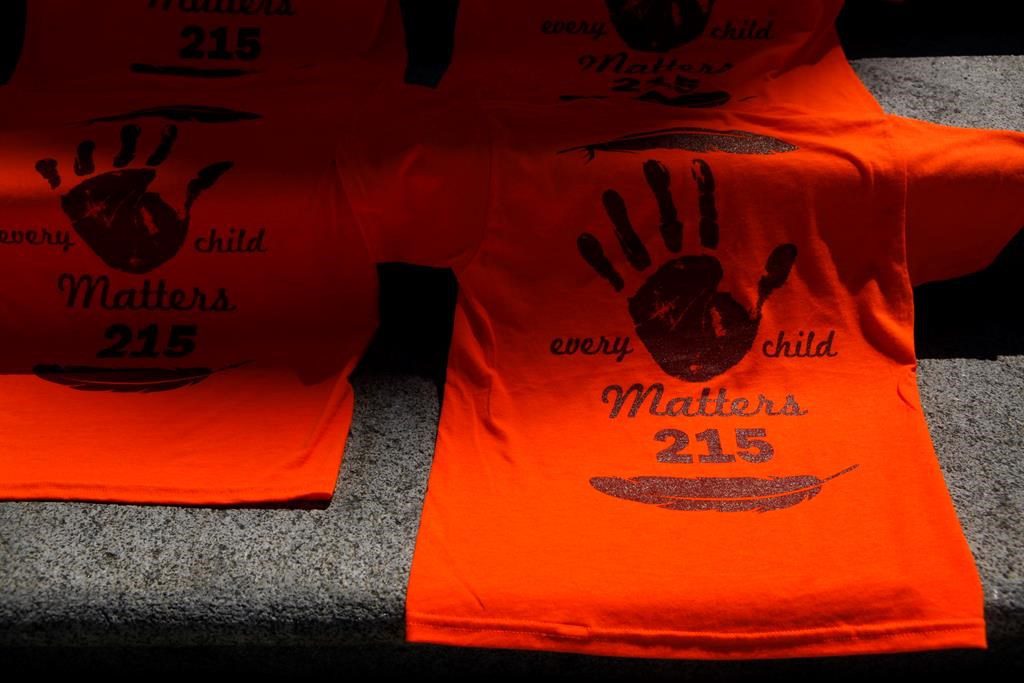
This content is restricted to subscribers
The views, opinions and positions expressed by columnists and contributors are the author’s alone. They do not inherently or expressly reflect the views, opinions and/or positions of our publication.
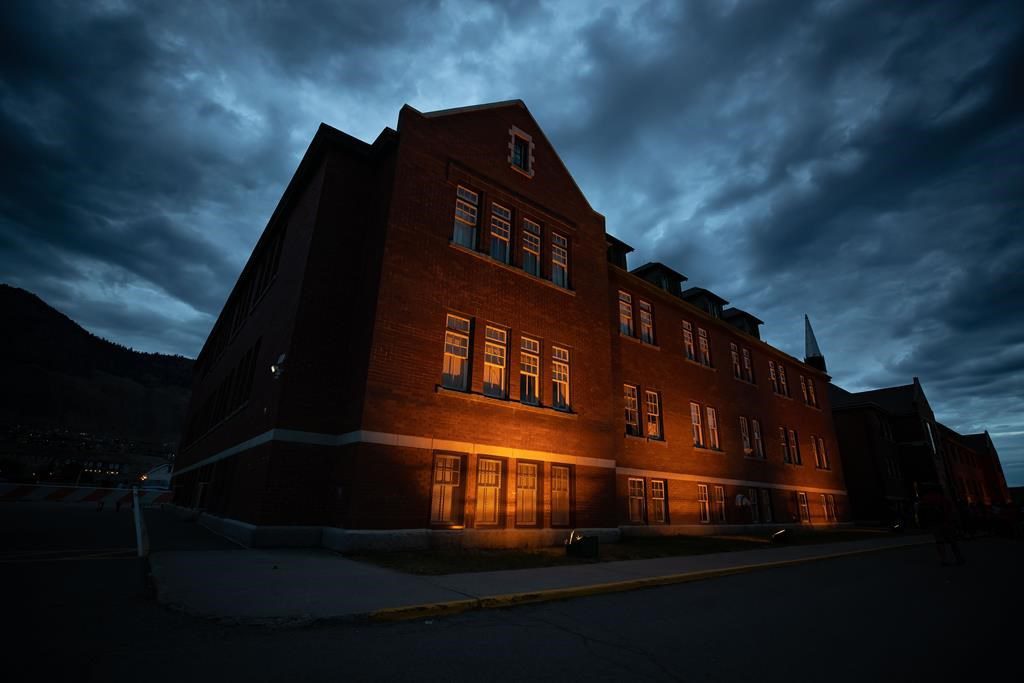
In my third year at the University of Toronto, I remember sitting in a small lecture hall at Emmanuel College for a Canadian poetry course. There, I discovered words that have stayed with me, from an aptly named poem called “Can. Lit”, written by Earle Birney. I turned to my old copy of a Margaret Atwood-edited anthology to read his final lines today: “it’s only by our lack of ghosts / we’re haunted”.
I’ve always been fascinated by these words, tying them into William Lyon Mackenzie King’s quip that if some countries have too much history, Canada “has too much geography”. A theme of Canadian literature is that our environment is not necessarily a menace, but its emptiness, its vastness, its cold and unforgiving nature are threats that can infect the mind.
It’s only by our lack of ghosts we’re haunted.
I think more accurately, it’s only by our deliberate refusal to see the truth about the ghosts we murdered. Across the quad from that lecture hall, a gateway arch reads “THE TRUTH SHALL MAKE YOU FREE”.
We need to speak the truth more frankly than ever, to refuse to look away.
The truth is Canada committed genocide. The systematic erasure of Indigenous culture and language was deliberate. Government policy infamously sought to “kill the Indian in the child”. We knew children ran away from residential schools and perished in the cold wilderness.
Now we also all know that their little bodies were buried in mass graves behind the school yard. But we’ve always known this. People knew it at the time. The reports written over the years, including the Truth and Reconciliation Commission’s, say there are more mass graves out there. Probably 4000 or more children’s bodies are hidden away underground, taken out back like refuse by the nuns, priests, bureaucrats and caretakers who ran residential schools.
Michael de Adder drew a comic this week that nailed the point better than words: a schoolhouse façade, a concentration camp behind it.
We often wonder how the guards left work and returned for suppertime in 1940s Poland, Czechia, Germany; now, we should equally wonder about the Canadians who finished burying bodies and then went to their child’s hockey game in Kamloops, Sault Ste Marie, The Pas – Canadian towns like yours and mine, within many of our lifetimes.
Intergenerational trauma has been talked about, the impact felt by the generations raised by parents who had suffered such profound abuse, physical and sexual assault, neglect, isolation, the suppression of language and culture, forcible removal from family. Now we need to also expand that term to mean the families who were left wondering where their daughter had gone, never having closure, the stuff of the traumatic scenes on mystery and cop TV shows.
The outpouring of grief this week, the evocative images of little shows at town halls, of teddy bears at the flame on Parliament Hill can make us choke up.
But it’s action we need.
An end, once and for all, to the intergenerational government policy that Indigenous peoples should be second-class citizens on their own land. If North York had a boil-water advisory, it would be a scandal if it wasn’t fixed in days. First Nations reserves live with boil-water advisories for decades, to this day. Fix that. Improve education, with Indigenous educators forming curricula, with schools built by Indigenous contractors on their land. Reform the curriculum for everyone else to teach our real legacy. Continue nascent efforts to impede Aboriginal law into our systems. Recognize that Canada has not only always been multicultural, but also multinational.
Ensure Indigenous Canadians are empowered and supported to lead the change their communities need themselves. That’s an imperative of reconciliation: reclaiming power and agency. A number of years ago, a colleague accused me of not having “done the work” to understand Indigenous issues. I didn’t say so at the time — (and why defend myself by saying that I’d been interested, if that’s the right word, since I was a child in these issues, I’d made a small contribution in the education sphere of influence I had at the time, what does that prove) — but the reality is none of us have done enough, and the real work we need to do as settlers is to amplify and ally with Indigenous peoples themselves, to empower them to lead the solutions they champion.
This week, America confronted the legacy of the race massacre in Tulsa, the war-like destruction of Black Wall Street in Greenwood, Oklahoma. Both our countries have original sins we must confront, and fix.
We are not haunted by our lack of ghosts; we are haunted by trying to bury them, rather than atoning for who killed the children. Because we did.
The views, opinions and positions expressed by columnists and contributors are the author’s alone. They do not inherently or expressly reflect the views, opinions and/or positions of our publication.